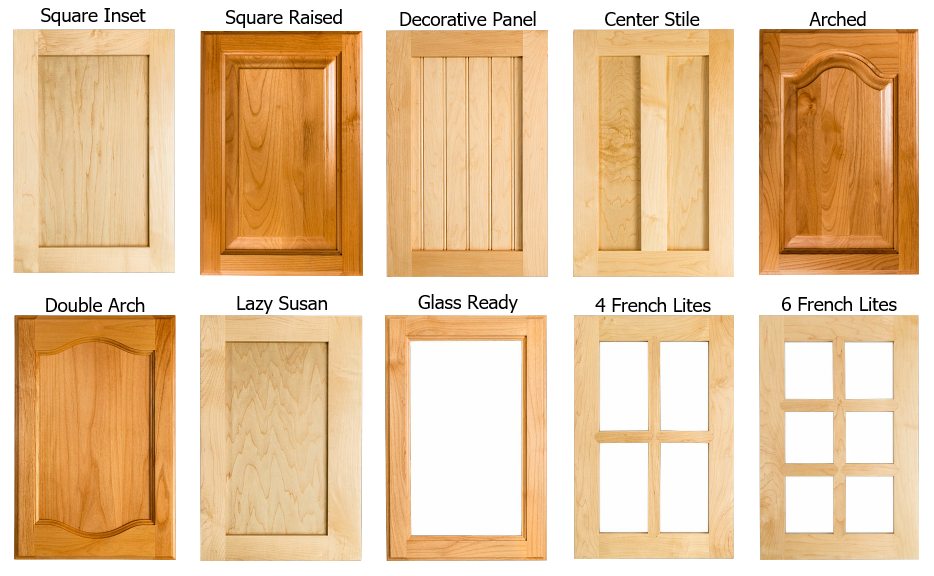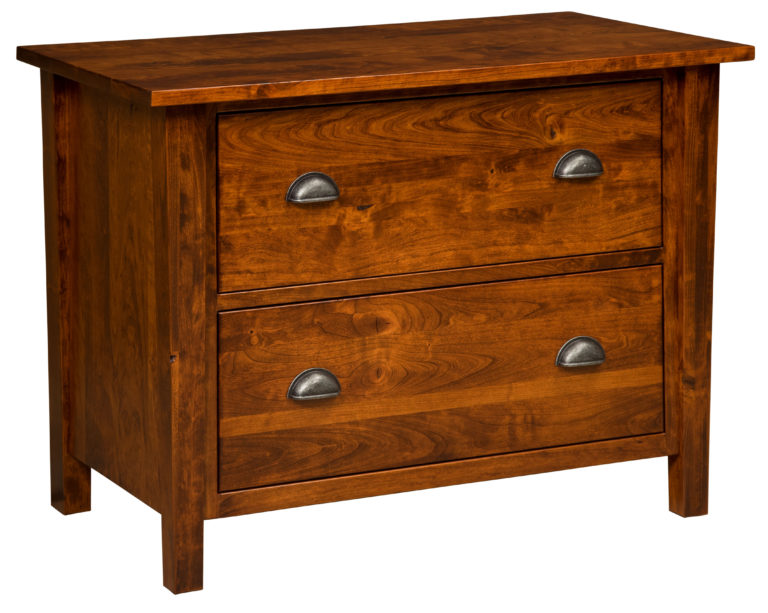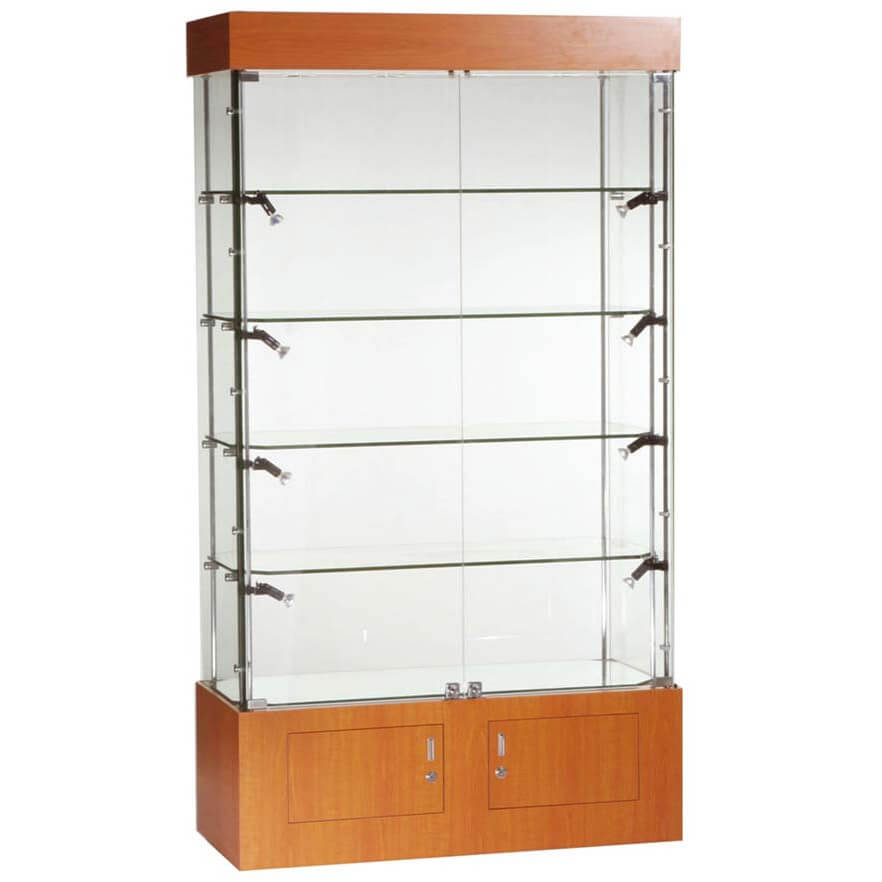Wood Glass Curio Cabinet Styles

Curio cabinets, those elegant showcases for treasured possessions, have a rich history that reflects evolving tastes and design trends. From their humble beginnings as simple storage units to their sophisticated evolution into statement pieces, these cabinets have mirrored the changing styles of the ages.
Victorian Curio Cabinets
Victorian curio cabinets, reflecting the opulence and grandeur of the Victorian era (1837-1901), are characterized by intricate details, elaborate carvings, and a preference for dark, rich woods like mahogany and walnut. These cabinets often feature glass doors with ornate frames, sometimes adorned with stained glass or etched designs.
- Design Elements: Intricate carvings, ornate moldings, dark, rich woods (mahogany, walnut), glass doors with elaborate frames, stained glass, etched designs.
- Notable Designers and Manufacturers: Notable designers and manufacturers of Victorian curio cabinets include Gillows, Maple & Co., and W. & J. Sloan. These companies were known for their craftsmanship and attention to detail, producing pieces that embodied the Victorian aesthetic.
Arts & Crafts Curio Cabinets
The Arts & Crafts movement, which emerged in the late 19th century as a reaction to the perceived excesses of Victorian design, championed simplicity, functionality, and natural materials. Arts & Crafts curio cabinets reflect these principles with their clean lines, uncluttered surfaces, and use of natural woods like oak and cherry.
- Design Elements: Clean lines, uncluttered surfaces, natural woods (oak, cherry), handcrafted details, simple hardware.
- Notable Designers and Manufacturers: Notable designers and manufacturers of Arts & Crafts curio cabinets include Gustav Stickley, Charles Rennie Mackintosh, and the Greene brothers. These designers emphasized craftsmanship and the use of natural materials, creating cabinets that were both functional and aesthetically pleasing.
Mid-Century Modern Curio Cabinets
Mid-Century Modern design, popular from the 1950s to the 1970s, embraced clean lines, geometric shapes, and a focus on functionality. Mid-Century Modern curio cabinets often feature sleek, minimalist designs, with a focus on materials like teak, rosewood, and glass.
- Design Elements: Sleek, minimalist designs, geometric shapes, clean lines, teak, rosewood, and glass, often with a focus on functionality.
- Notable Designers and Manufacturers: Notable designers and manufacturers of Mid-Century Modern curio cabinets include Eero Saarinen, George Nelson, and Charles and Ray Eames. These designers championed a new approach to furniture design, emphasizing functionality, simplicity, and the use of new materials.
Table Comparing Curio Cabinet Styles
| Style | Design Elements | Notable Designers/Manufacturers | Materials |
|---|---|---|---|
| Victorian | Intricate carvings, ornate moldings, dark, rich woods (mahogany, walnut), glass doors with elaborate frames, stained glass, etched designs | Gillows, Maple & Co., W. & J. Sloan | Mahogany, walnut, glass, brass |
| Arts & Crafts | Clean lines, uncluttered surfaces, natural woods (oak, cherry), handcrafted details, simple hardware | Gustav Stickley, Charles Rennie Mackintosh, Greene brothers | Oak, cherry, glass, leather |
| Mid-Century Modern | Sleek, minimalist designs, geometric shapes, clean lines, teak, rosewood, and glass, often with a focus on functionality | Eero Saarinen, George Nelson, Charles and Ray Eames | Teak, rosewood, glass, metal |
Wood Glass Curio Cabinet Materials and Construction

A wood glass curio cabinet is a testament to craftsmanship, blending the warmth of wood with the elegance of glass. The materials and construction techniques employed in creating these cabinets play a crucial role in their longevity, aesthetic appeal, and overall value.
Wood Types, Wood glass curio cabinet
The choice of wood for a curio cabinet significantly impacts its appearance, durability, and cost. Here are some popular wood types and their characteristics:
- Mahogany: Renowned for its rich reddish-brown hue, mahogany is a dense and durable hardwood. It is resistant to scratches and dents, making it ideal for high-traffic areas. Mahogany is also known for its beautiful grain patterns, which add character and sophistication to curio cabinets. Its durability and aesthetic appeal make it a popular choice for high-end furniture.
- Cherry: Cherry wood is prized for its warm reddish-brown tones that deepen with age, developing a rich patina over time. It is a relatively hard wood, known for its strength and resistance to scratches. Cherry’s smooth texture and beautiful grain patterns make it a popular choice for crafting elegant and timeless curio cabinets. The natural beauty of cherry wood often complements the display of cherished items.
- Oak: Oak is a strong and durable hardwood with a distinctive grain pattern. It comes in various shades, from light to dark, and its natural beauty is enhanced by its unique grain patterns. Oak is a robust wood, making it suitable for constructing sturdy curio cabinets that can withstand the test of time. The strength and durability of oak ensure that the cabinet can safely house valuable items.
Glass Types
The glass used in a curio cabinet not only provides visibility but also adds to its overall design.
- Clear Glass: Clear glass offers unobstructed views of the displayed items, allowing their beauty to shine through. Its transparency allows for maximum light penetration, enhancing the visibility of the displayed items. Clear glass is a versatile option that complements a wide range of curio cabinet styles.
- Frosted Glass: Frosted glass provides a soft, diffused light, creating a more subtle and elegant effect. The frosted finish adds a touch of privacy, allowing for the display of items without revealing them entirely. Frosted glass is often used in curio cabinets to create a sense of mystery and intrigue, adding a layer of sophistication to the display.
- Patterned Glass: Patterned glass adds a unique visual element to curio cabinets. The patterns can range from subtle textures to intricate designs, adding depth and dimension to the cabinet. Patterned glass can enhance the aesthetic appeal of the cabinet and create a focal point for the displayed items. The intricate patterns of patterned glass can enhance the overall visual appeal of the curio cabinet and provide a unique backdrop for the displayed items.
Construction Techniques
The construction techniques used for wood glass curio cabinets determine their strength, stability, and longevity.
- Dovetail Joints: Dovetail joints are known for their strength and intricate appearance. They are created by interlocking pieces of wood, forming a strong and secure joint. Dovetail joints are commonly used in the construction of curio cabinets, particularly for the drawer boxes and cabinet frames. The strength of dovetail joints ensures that the cabinet remains sturdy and durable, capable of withstanding the weight of the displayed items.
- Mortise and Tenon Joints: Mortise and tenon joints are another type of traditional woodworking joint. They involve creating a hole (mortise) in one piece of wood and a protruding piece (tenon) on another. The tenon is inserted into the mortise, creating a strong and stable joint. Mortise and tenon joints are often used in the construction of curio cabinet frames, providing structural support and stability.
Crafting a Wood Glass Curio Cabinet
Crafting a wood glass curio cabinet is a meticulous process that requires skilled craftsmanship and attention to detail.
- Design: The design phase involves creating a detailed plan, including the cabinet’s dimensions, style, and features. The design process includes selecting the appropriate wood type, glass, and hardware, as well as determining the overall aesthetic and functionality of the cabinet.
- Cutting and Shaping: The wood is carefully cut and shaped according to the design plan. This step involves using precision tools and techniques to ensure that the pieces fit together perfectly. The accuracy of the cutting and shaping process is crucial for the overall integrity and stability of the cabinet.
- Jointing and Assembly: The cut and shaped pieces are joined together using traditional woodworking techniques, such as dovetail joints or mortise and tenon joints. This step requires precision and skill to ensure that the joints are strong and durable. The assembly process is a critical stage in creating a sturdy and long-lasting curio cabinet.
- Finishing: The final step involves sanding, staining, and finishing the wood. The finishing process enhances the natural beauty of the wood, protects it from damage, and gives it a desired look. The finishing touches, such as sanding, staining, and applying a protective coating, enhance the aesthetic appeal and durability of the cabinet.
Wood Glass Curio Cabinet Uses and Display Options

Curio cabinets are more than just furniture; they are display cases designed to showcase cherished possessions and collections, adding a touch of elegance and personality to any space. These cabinets offer a versatile and functional way to organize, protect, and enhance the presentation of valuable items.
Displaying Collections
Curio cabinets are ideal for showcasing a wide range of collections, each requiring specific display techniques and organizational strategies.
- Antiques: Antiques, with their historical significance and unique craftsmanship, deserve a prominent display. Use adjustable shelves and lighting to highlight their intricate details and create a museum-like atmosphere. Consider using velvet-lined shelves or display cases to protect delicate surfaces.
- Glassware: Glassware, from vintage crystal to contemporary designs, demands careful handling and display. Utilize tiered shelves to showcase the varying shapes and sizes of your collection. Lighting plays a crucial role in highlighting the brilliance of glass, so consider adding LED lights to illuminate the cabinet’s interior.
- China: China sets, with their delicate patterns and intricate details, deserve a dedicated display space. Use a curio cabinet to arrange plates, teacups, and serving dishes in a visually appealing manner. Employ a combination of open shelves and enclosed cabinets to protect more delicate pieces.
- Books: Books, particularly rare editions or first prints, can be displayed in a curio cabinet to create a literary haven. Use adjustable shelves to accommodate different book sizes. Consider incorporating bookends with decorative elements to enhance the display.
Creative and Unique Display Options
Beyond traditional display methods, explore these creative ideas to enhance the visual appeal and storytelling potential of your curio cabinet:
- Themed Displays: Create a captivating narrative by grouping items around a specific theme, such as a vintage travel collection, a nautical theme, or a collection of antique toys.
- Backdrops and Props: Use fabric backdrops, wallpaper, or even decorative mirrors to create depth and visual interest. Add props like vintage maps, antique clocks, or miniature figurines to complement your collection.
- Layered Display: Create visual depth by layering items on shelves, using varying heights and textures. This technique adds dimension and prevents the display from feeling flat.
- Mirror Placement: Strategically placed mirrors can amplify the space and create a sense of grandeur. They can also be used to reflect light and enhance the sparkle of glass or crystal objects.
Lighting and Enhancement
Proper lighting is essential for showcasing the beauty of your collection.
- Natural Light: Place the cabinet near a window to take advantage of natural light. However, be mindful of direct sunlight, which can fade delicate items.
- Artificial Light: Consider using LED lights to illuminate the interior of the cabinet. LEDs produce a cool, white light that is ideal for showcasing objects without generating heat.
- Spotlight Effect: Use spotlights or track lighting to highlight specific items or areas within the cabinet.
Organizing and Maintaining a Collection
Maintaining a collection within a curio cabinet requires careful organization and ongoing care.
- Inventory: Keep a detailed inventory of your collection, including descriptions, dates, and any special care instructions.
- Cleaning: Regularly dust and clean the cabinet and its contents. Use microfiber cloths to prevent scratching delicate surfaces.
- Protection: Use acid-free paper or archival-quality boxes to store items that are not on display. This helps prevent damage from dust, light, and humidity.
- Climate Control: Keep the cabinet in a climate-controlled environment to protect items from extreme temperatures and humidity.
A wood glass curio cabinet offers a stylish and practical way to display treasured items. Its intricate details and clear glass panels showcase collections while providing protection from dust and damage. For those seeking a coastal retreat, a 2 bedroom condo in Virginia Beach could provide the perfect setting for a curio cabinet filled with seashells, nautical maps, or other coastal treasures.
A wood glass curio cabinet, with its intricate details and elegant display capabilities, can be a statement piece in a variety of home settings. Its presence can enhance the ambiance of a room, especially in a 2 bedroom plus den where the den could serve as a dedicated space to showcase treasured collections.
The cabinet’s design allows for the organized display of cherished items, transforming a den into a personalized museum within the home.
